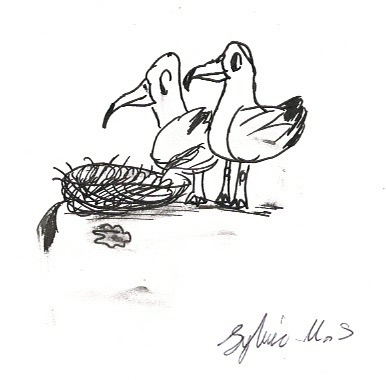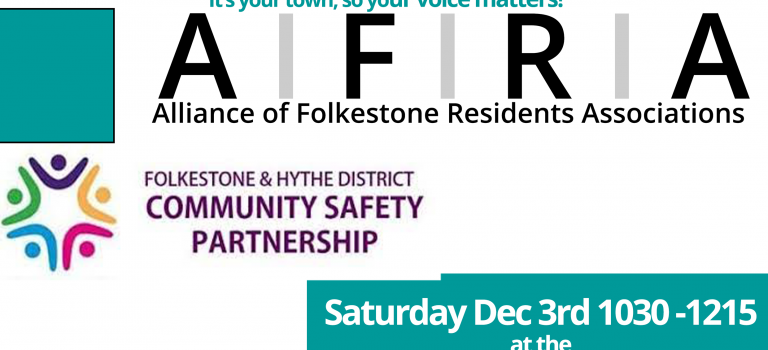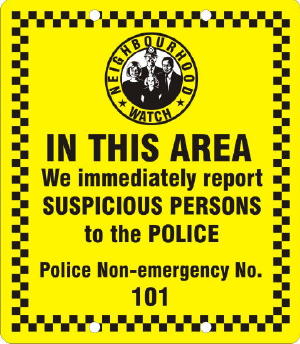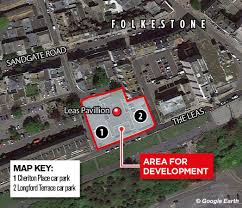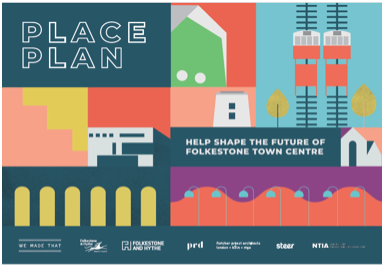In May, local voters emphatically chose a change of administration at Folkestone and Hythe District Council.
Many of the political parties’ manifesto statements referred explicitly to the need for community voice to play a far more significant part in the leadership of Folkestone – demonstrating real change in approach and democratic commitment.
However, we also – all of us – expected and need a clear signal of practical actions: not just a series of photo opportunities, where elected representatives turn up to the opening of an envelope, as they say.
Good to be seen out and about. Even better to be seen making a difference.
So what do we need to happen, three months in?
Here are three suggestions for the new leadership:
And for everyone else – please click here for a listing of your elected representatives – it’s time to tell them what we think and to work together as a community to find a positive future for Folkestone….
1. A statement of intent
In preparing for office, months if not years before the election, all political candidates and groups will have considered strategic priorities for our community: economic; social; planning; regeneration; addressing disadvantage and so on.
It is time to publish a broad Statement of Council Intent….. “these are the issues and priorities we are working on, dealing with.”
We were promised a stronger community voice: now it’s time for the Council ‘to put our money where our mouth is…’
2. Revisit The Place Plan
The Council should revisit and revise the Place Plan, in the context of three significant new factors affecting Folkestone:
- National economic outlook – reports emerging of a five year downturn
- KCC budget and service cutbacks
- The Seafront development
The plan should be updated, to priorities the show community assets and other key features and opportunities within our town which were unforgivably overlooked – it should be revised to reflect the new context and to become more appropriately A People Plan
3. Publish an interim local economic strategy
The Council should develop and publish short to medium term economic planning linked to the revised longer term strategy for our community, supporting the Town Centre and addressing inequalities across the town.
The outline should be prepared in discussion with community leaders. Soon.


